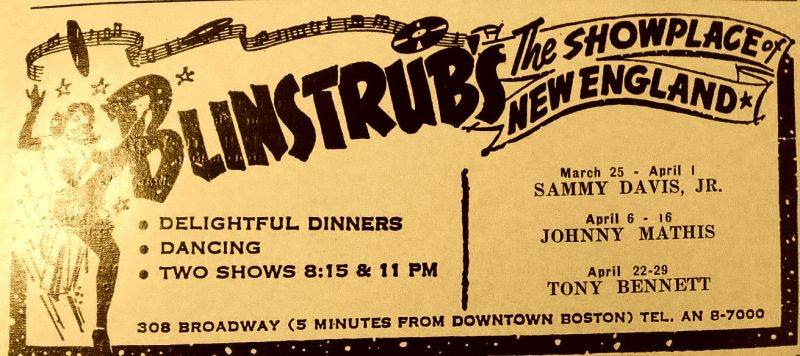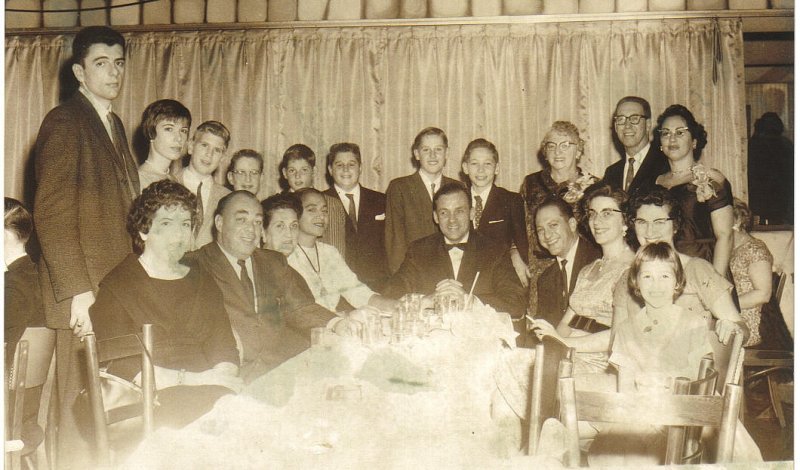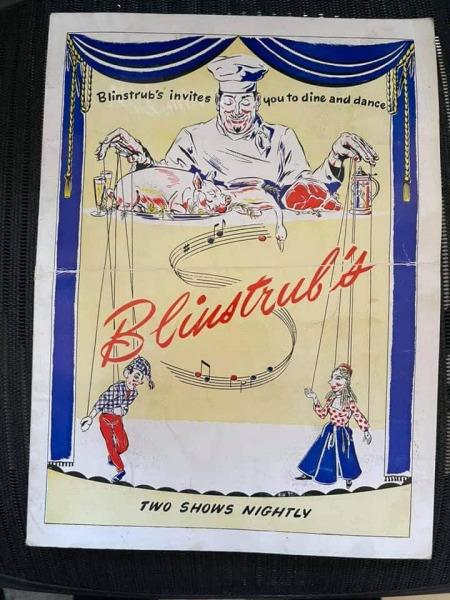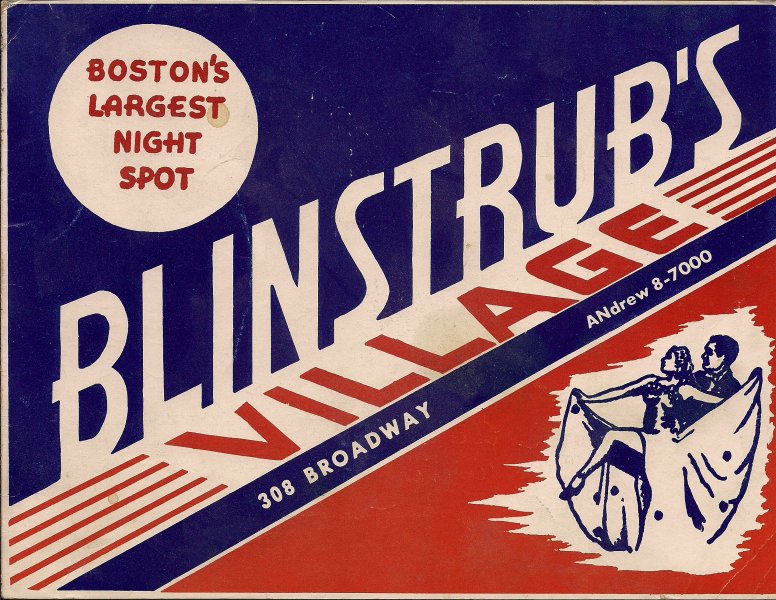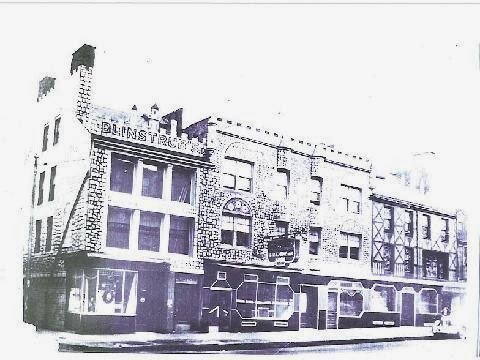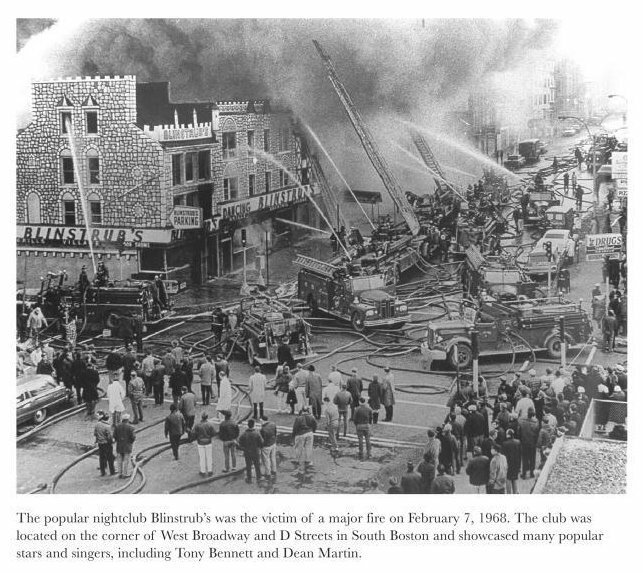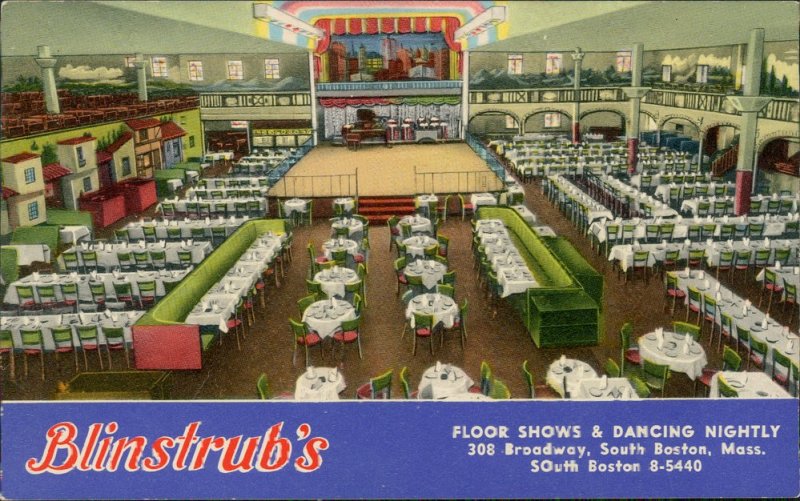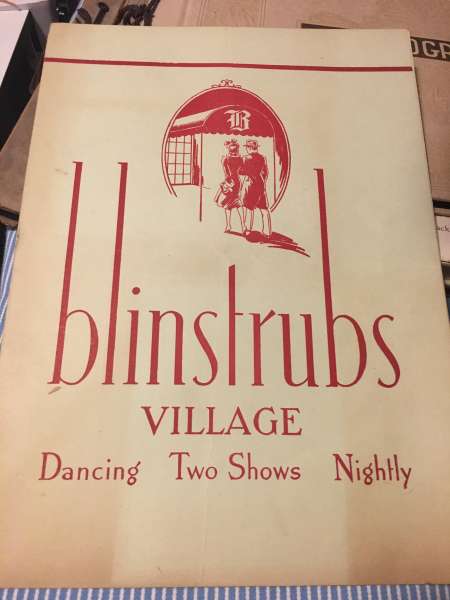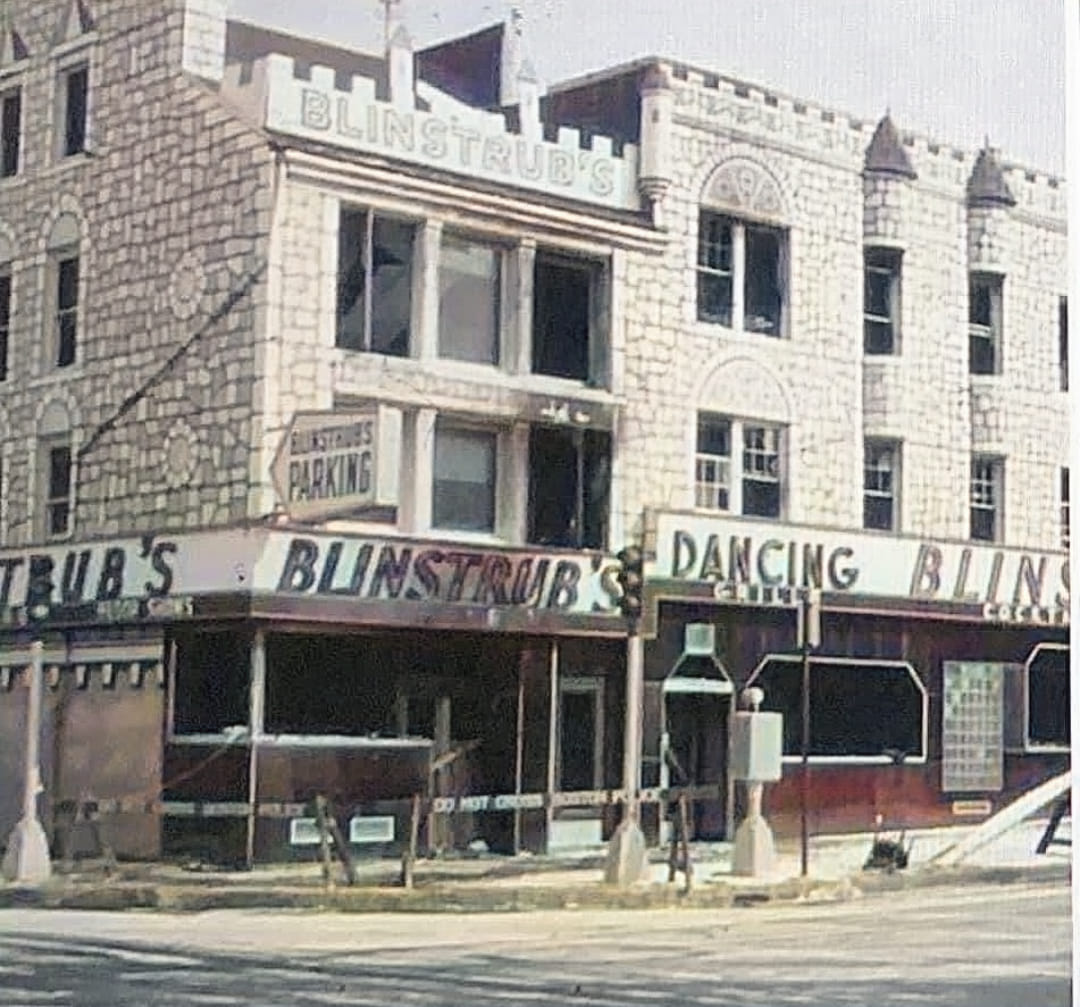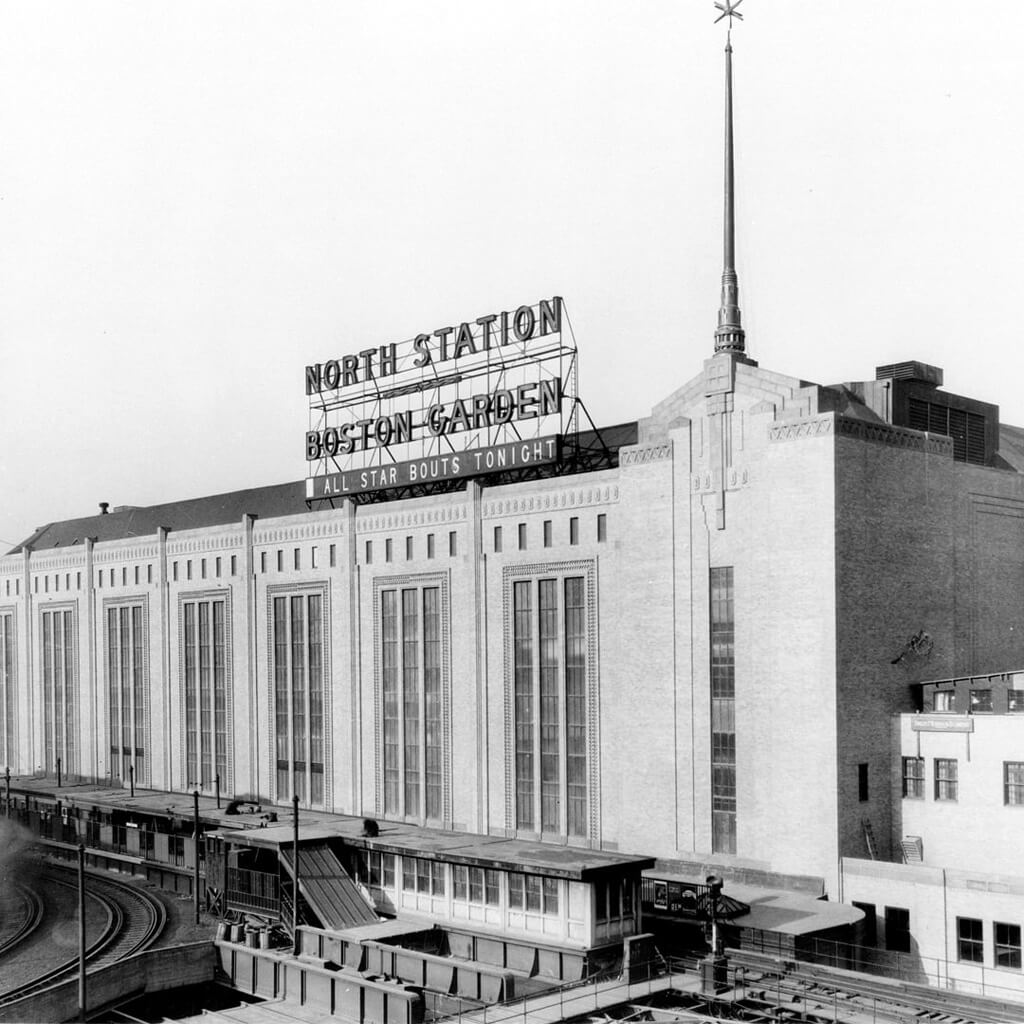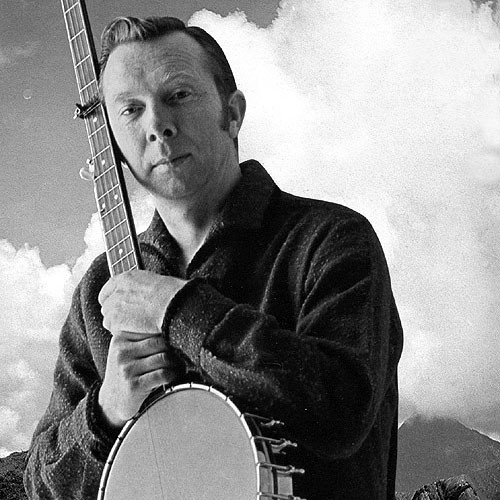Blinstrub’s Village
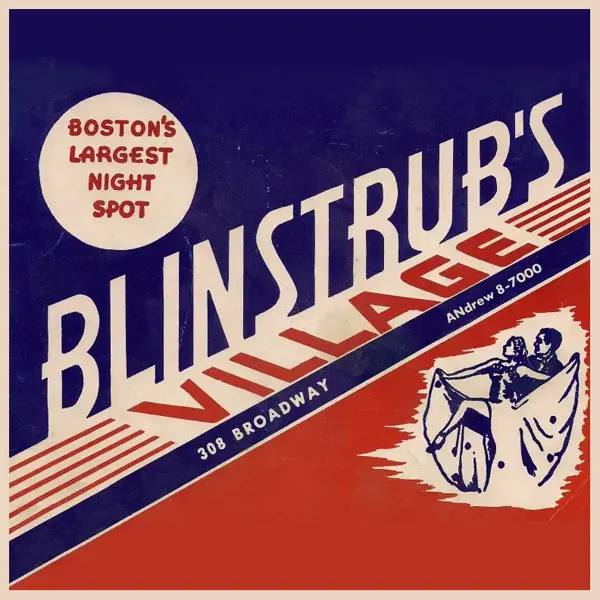
Though some might find it hard to believe, for a brief time in American history, the largest nightclub on the East Coast was in South Boston: Blinstrub’s Village. Originally opened as a restaurant in 1917 before becoming an entertainment hub some 15 years later, it was the brainchild of Stanley Blinstrub, the son of a Lithuanian immigrant who lived in Brighton and was working for his father but had much bigger dreams.
Background, Opening
When Stanley noticed there was an empty restaurant at the corner of D Street and Broadway, he convinced his parents to purchase the building and open a restaurant of their own, The Belgian Village. For the next 15-odd years, it was known for fast service and inexpensive food (at a time when a sandwich cost five cents and a full meal cost a quarter).
But Stanley had ideas for something much bigger and more exciting than an eatery. He expanded the building to seat 850 people, remodeled the exterior to look like a Bavarian castle and the interior to look like a European village and decided to offer dancing and entertainment in addition to dining. On New Year’s Eve 1933/4, Blinstrub’s Village officially opened as a nightclub.
Expansion, Notable appearances
“Blinnie’s” as it was known eventually expanded 2,000 seats and became one of Boston’s premier entertainment meccas. In 1952, against the advice of his family, Stanley started booking the biggest names in show business and during that “Golden Age of the Glittering Nightspot” the club presented two shows a night plus weekend matinees featuring major celebrities like Frank Sinatra, Judy Garland, Nat King Cole and Jimmy Durante. Wayne Newton got his big break there and performed at Blinstrub’s more times than any other artist. The venue continued to thrive into the ‘60s by featuring stars in the prime of their careers including Johnny Mathis, The Kingston Trio, The Clancy Brothers and Tommy Makem, Ray Charles, Bobby Vinton and Jerry Vale. I remember when my sister and I saw a Chubby Checker matinee show during that era.
Fire, Fundraiser, Closing
Sadly, on February 7, 1968, the building caught fire during the night and was completely destroyed. The loss was estimated to be $1.25 million and, to make matters worse, Stanley didn’t have any fire insurance on the building. Probably because Stanley had been very generous to a number of charities, people held a fundraiser at Boston Garden to help rebuild Blinnie’s but – despite support from Richard Cardinal Cushing and some major players in the entertainment business – a mere $150,000 was raised. The lack of funds dashed all hopes of rebuilding and Blinstrub’s Village was consigned to history.
In later years, the Blinstrub name lived on in Blinstrub’s Old Colony Restaurant in Dorchester, but the nightclub was gone forever. For many of us who recall the club’s halcyon days, however, Blinstrub’s Village still lives in our hearts. And Blinnie’s is a shining star in Boston’s entertainment history, especially for those in Southie.
(by Carol Starkey)

